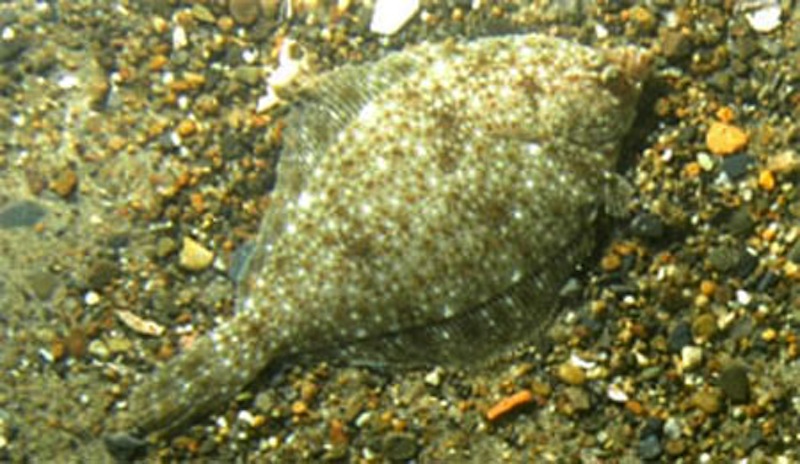BOSTON — Scientists this month completed a pilot project to measure the health of flatfish species off New England that relied heavily on the expertise of fishermen, right down to using their trawlers.
The survey comes amid intense criticism of traditional scientific methods for counting fish.
Fish sampling surveys provide critical data for assessing the health of fish populations, which are at the core of fishing rules. Critics say the assessments have proven to be deeply flawed and it’s wrong to use them as the basis for setting the struggling industry’s catch limits.
Scientists say their overall methods are sound, but they acknowledge some consistent problems.
“We can learn, and we do want to build confidence and be responsive,” said Bill Karp, the Northeast’s chief federal fisheries scientist.
The pilot survey was conducted between Aug. 15 and 26 in Georges Bank, off southeastern Massachusetts. It focused on flatfish, such as flounder, and was adjusted from typical surveys to address many of the industry’s consistent criticisms, including by using a different vessel and different nets and sampling fish in different places.
Karp said researchers need time to determine if the new methods hold promise, “but at first blush I think that that’s true.”
The survey focused heavily on yellowtail flounder, whose stock assessments have been consistently inaccurate and whose health affects the lucrative scallop fleet.
Scallopers accidentally catch yellowtail. So if yellowtail is seen as weak and catch limits are lowered to protect it, scallopers must restrict their fishing to avoid catching too much yellowtail and being penalized for exceeding the catch limit.
Fishermen say it’s been impossible for scientists to get accurate flatfish assessments because of where they’ve sampled the fish and the rockhopper nets they’ve used. Since surveys typically try to sample many species, the nets must catch them all. But the fishermen say the rockhoppers miss too many flatfish.
The pilot focused only on flatfish and towed nets modified to better catch smaller flounder. The nets also were towed behind two commercial trawlers — one out of Falmouth and one from Point Judith, R.I. — rather than federal research boats.
Scientists also devised a scientifically sound way to do sample tows in areas where yellowtail were believed to be more plentiful, as fishermen had suggested.
The pilot survey was more expansive, covering 175 stations in Georges Bank compared with about 60 in a typical survey, said Steve Cadrin, a former federal fisheries scientist who works at the University of Massachusetts Dartmouth.
Send questions/comments to the editors.



Success. Please wait for the page to reload. If the page does not reload within 5 seconds, please refresh the page.
Enter your email and password to access comments.
Hi, to comment on stories you must . This profile is in addition to your subscription and website login.
Already have a commenting profile? .
Invalid username/password.
Please check your email to confirm and complete your registration.
Only subscribers are eligible to post comments. Please subscribe or login first for digital access. Here’s why.
Use the form below to reset your password. When you've submitted your account email, we will send an email with a reset code.